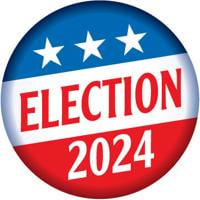HARRISBURG, Pa. – Registering to vote and voting are two different things.
That’s clear in the latest edition of the Franklin Marshall College Poll, which shows Democratic Vice President Kamala Harris and U.S. Sen. Bob Casey with a sizable lead among the 794 registered voters who took the poll. Ta.
Polls show Harris leading all fronts in the presidential race with a 48% to 44% lead over Republican former President Donald Trump, and Casey leads Republican David Trump in the Pennsylvania Senate race. -Leads McCormick 49% to 42%, including others.
But when you focus on the people who are likely to vote, suddenly the race looks much closer.
The survey included 583 likely voters, those who said they were “definite” to vote and were “very interested” in political campaigns. In this group, Trump leads Harris 50% to 49%, while Casey leads McCormick 49% to 48%.
“Both the presidential and Senate races show that there is a lot of confusion among likely voters at this point,” said Burwood Yost, director of the Center for Public Opinion Research at Franklin Marshall College. As stated in the survey overview.
Regarding poll participants, Yost said, “The difference in preferences between prospective voters and registered voters is primarily due to the different partisanship, ideology, and age profile of these voters. The current population of registered voters is , leans toward the Republican Party from an electoral standpoint.” There is less party identification, fewer ideological moderates, and fewer voters under 35. ”
The poll was conducted from October 9-20 and included a total of 351 Democrats, 326 Republicans, and 118 independents. Pennsylvania is voting by mail. Voting on Election Day, Nov. 5, begins at 7 a.m. and ends at 8 p.m.
The results for likely voters mirror national analysis of both the presidential race and Pennsylvania’s Senate race.
Cook Political Report, a nonpartisan election news website, changed the Senate race to a toss-up this week. This is one of four races in the U.S. Senate that fall into that category.
Pennsylvania’s 19 electors are also considered to be on the ballot, along with six other battleground states that are the focus of the campaign: Arizona, Georgia, Michigan, Nevada, North Carolina and Wisconsin.
Partisans, including Republicans, are urging voters, including Republicans, to vote early as they accept mail-in voting while still having questions about the security and integrity of the election.
According to the State Department, 1,208,063 mail-in ballots had been returned as of Thursday. This represents 62% of the total number of votes requested across the electorate.
Democrats have returned 726,619 ballots to date, representing nearly 66% of approved party-specific mail-in ballot applications, compared to Republicans who have returned 360,527, or 60%. did. Independent voters, those who are registered with a third party or are not affiliated with a political party, returned 120,917 ballots, for a turnout of 50%.
Among the key findings Yost highlighted from the Franklin Marshall College poll is that Republicans appear to have an advantage over Democrats in the electoral environment.
According to Yost’s summary, 43% of respondents said their finances were “worse” than they were a year ago. This is far more pessimistic than the 13% of respondents who said the same in October 2020, ahead of the same year’s presidential election.
Meanwhile, the economy/finance remains the top concern facing Pennsylvania, according to poll respondents. Levels of concern have increased from recent polls, with 30% citing economy/finance, compared to 28% in September and 23% in August.
But respondents’ views on who is best suited to address their financial concerns have also changed. According to the poll, 48% chose Trump and 42% chose Harris. The last two Franklin Marshall polls showed Trump’s approval rating at 50% to 39% and 51% to 39%, respectively.



